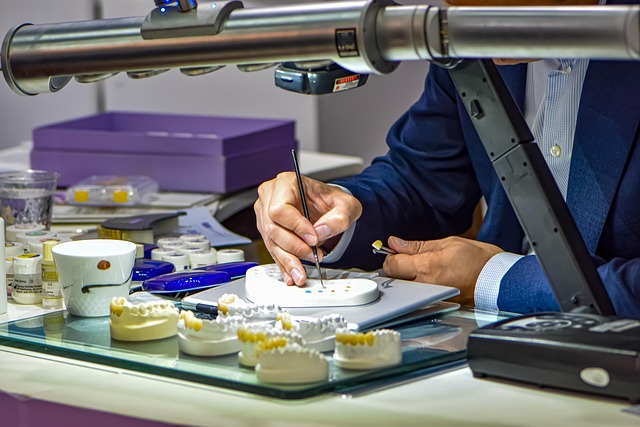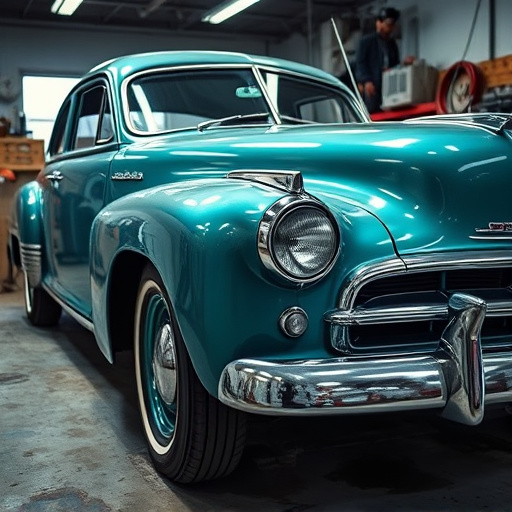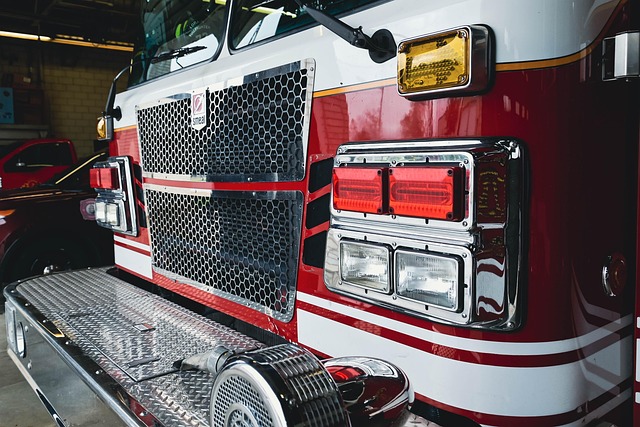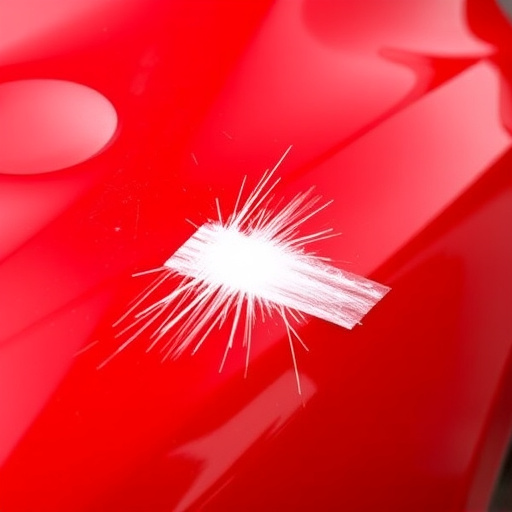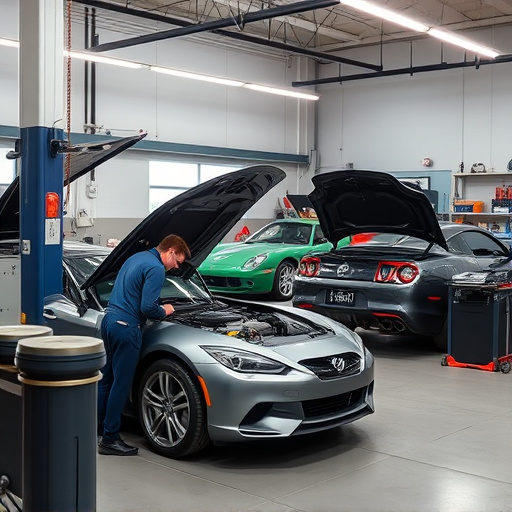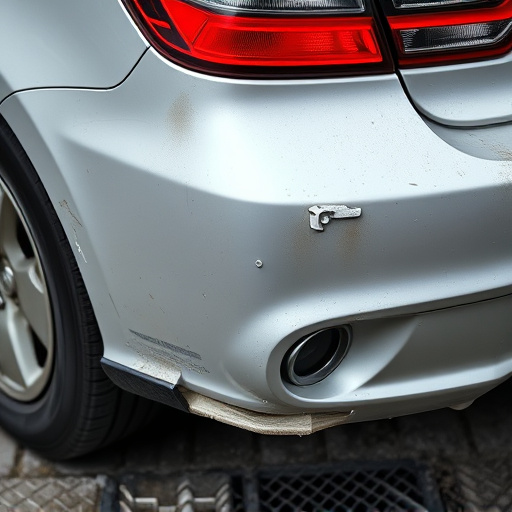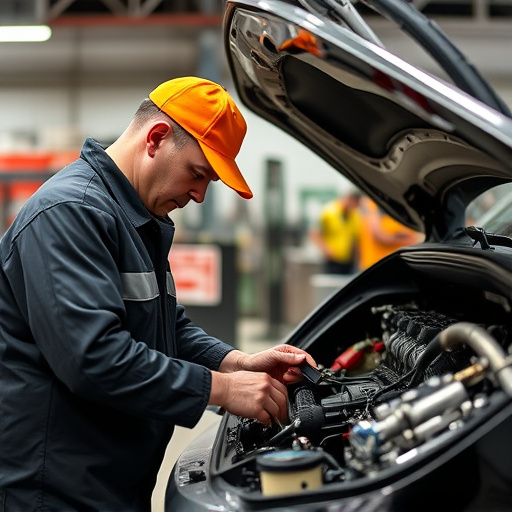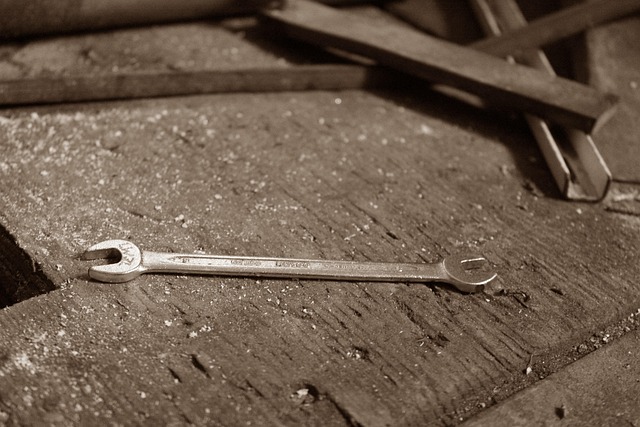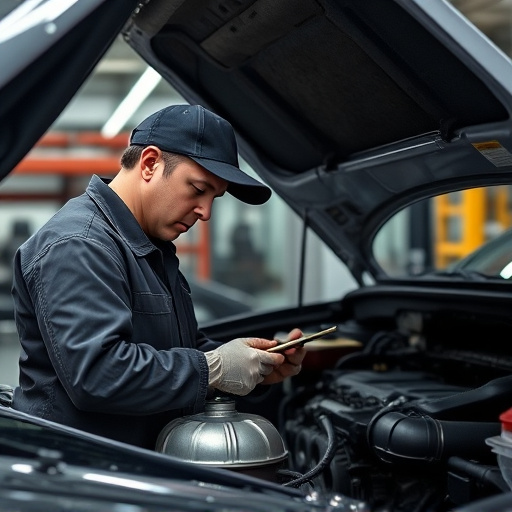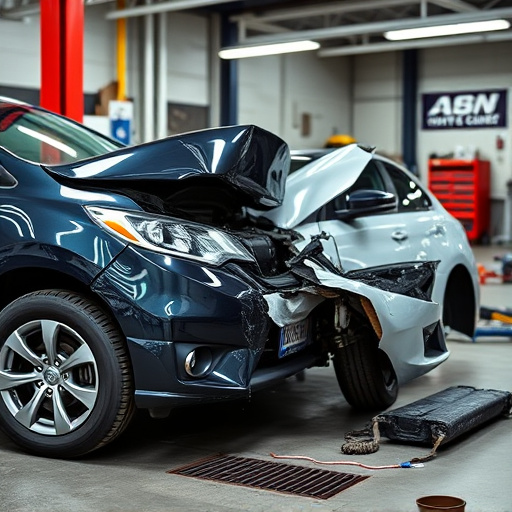Modern automotive manufacturing relies on aluminum body components for lightweight durability and fuel efficiency. In structural frame repairs, both aluminum's low density and carbon fiber components' exceptional strength-to-weight ratio offer streamlined, robust solutions. Professional auto body shops use advanced technologies to integrate these materials, ensuring superior structural integrity for various vehicle models, from modern to classic cars.
Aluminum body components offer a revolutionary approach to structural frame repairs, providing lightweight yet robust solutions. This article delves into the world of aluminum and its advantages in automotive restoration. We explore how these materials, coupled with carbon fiber components, enhance durability and performance. Learn about the integration process, best practices, and why these innovations are transforming the industry, offering both cost-effectiveness and superior structural integrity.
- Understanding Aluminum Body Components
- Advantages of Using Carbon Fiber for Repairs
- Integration and Best Practices in Structural Frame Repairs
Understanding Aluminum Body Components

Aluminum body components have long been a cornerstone in automotive manufacturing, known for their lightweight properties and durability. When it comes to structural frame repairs, aluminum offers a unique advantage over traditional materials like steel. Its low density ensures that vehicles are lighter, leading to improved fuel efficiency and better overall performance. This is especially beneficial when repairing or replacing damaged parts, as engineers can create more streamlined and robust designs without adding excessive weight.
Understanding the intricate design and construction of these aluminum components is crucial for effective vehicle repair. Unlike carbon fiber components, which are often associated with high-performance sports cars, aluminum body panels and frames are ubiquitous in modern vehicles. This makes car dent removal and bodywork services more accessible and cost-effective for a wide range of owners. The versatility of aluminum allows for precise fabrication, making it possible to replicate the original vehicle design while ensuring structural integrity during the repair process.
Advantages of Using Carbon Fiber for Repairs

Carbon fiber components offer a range of advantages when it comes to structural frame repairs, making them an increasingly popular choice in the automotive industry. One of its key benefits is exceptional strength-to-weight ratio; carbon fiber is lighter than traditional materials like steel or aluminum yet possesses superior tensile and compressive strength. This property makes it ideal for vehicle body repair, especially in Mercedes Benz repair scenarios where optimizing weight reduction while maintaining structural integrity is crucial.
Moreover, carbon fiber components are known for their durability and resistance to corrosion. Unlike metal, which can rust over time, carbon fiber remains unaffected by moisture and extreme weather conditions. This longevity ensures that car bodywork repairs using carbon fiber remain robust and long-lasting, preserving the vehicle’s overall performance and aesthetic appeal.
Integration and Best Practices in Structural Frame Repairs

The successful integration of aluminum body components into structural frame repairs requires careful planning and adherence to best practices. When undertaking such repairs, it’s crucial to match the replacement parts precisely with the original design and specifications. Aluminum, known for its lightweight yet sturdy nature, offers significant advantages in enhancing vehicle structure integrity after damage repair or restoration. For instance, aluminum body panels and components can be easily formed and fitted, ensuring a seamless fit that complements classic car restoration projects.
Incorporating carbon fiber components alongside aluminum adds another layer of sophistication to the repair process. Carbon fiber’s exceptional strength-to-weight ratio makes it an ideal reinforcement material for structural frame repairs. Integrating these two materials seamlessly involves precise cutting, preparation, and bonding techniques. Professional auto body shops offering specialized car paint services and advanced repair technologies are best equipped to handle such intricate work. This ensures that the restored vehicle not only looks as good as new but also maintains superior structural integrity, a key consideration in any car damage repair scenario, whether for modern or classic vehicles.
Aluminum body components, especially when enhanced with carbon fiber repairs, offer a lightweight yet robust solution for structural frame repairs. Understanding these materials’ unique properties and integrating them effectively through best practices ensures durable and aesthetically pleasing vehicle restoration. Carbon fiber components, known for their strength-to-weight ratio, play a pivotal role in modern automotive repair, making them an indispensable choice for those seeking high-performance and efficient results.
